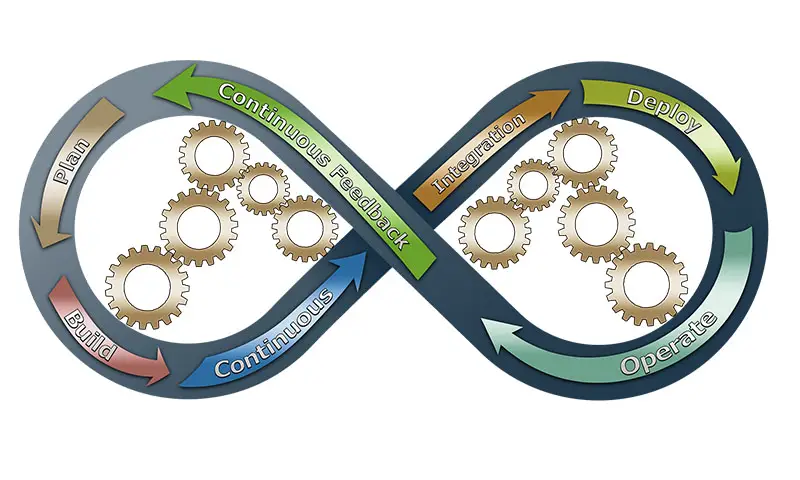Click here to get this post in PDF
Giving and receiving feedback is an annoying but vital part of any job, especially in creative fields. There is just something personal when people give feedback on something you made that requires creativity and effort. It’s like they are judging your sense of style, taste like they are judging you.
However, feedback is especially necessary for freelancers. They don’t have safety nets as robust as “regular” employees, working for a big company. Therefore, learning how to communicate with clients who are not 100% happy with your work, and transferring your own issues and frustrations, is a must. Check out our article for tips and tricks.
Feedback directed at you
Feedback seems like a one-directional thing, where the conversation only presents your client as the speaker, you as the listener, with no variation. That is simply not true. Even if you’re there to only listen, you can still direct that conversation, both during and before the feedback process. Always remember that it’s a conversation, no matter how one-sided it seems.
Guide your clients
Sometimes, you gotta take charge. The client doesn’t know how to do a specific project – if they did, they wouldn’t be hiring you. In that same vein, understand that they don’t know what you know, that they don’t understand the field. In other words – they most likely don’t know what they want.
Taking charge means asking constant questions, and explanations. You want to guide your clients towards explaining and clarifying things to you, and to themselves. In a way, part of your job is educating them on what is possible and what isn’t.
Don’t let your ego get in the way. You are, in essence, helping them help you.
The above doesn’t only refer to what you do after you get feedback, but even before the project starts. Explain to them what feedback should look like, maybe give them a checklist. Don’t let them get away with things like “it just doesn’t pop”. Rather, ask specific questions on every element of your design – is it the typography, the colors, the actual style?
A fun trick you can do is – look at a logo (just as an example) that you think is mediocre at best. Then, think about the words you would use if this was made by a freshman graphic designer, and you’re their teacher who wants them to improve.
Never take things personally
Even if the client has been exceptionally rude, cold, or passive-aggressive, you don’t want to take things personally. This speaks more about them than you. Your work might not be perfect, but rudeness doesn’t tell you anything about the quality of your work.
Try to sift through the trash and see what you could have done better. Then, slowly start looking for better options if this type of behavior continues despite your own feedback.
On the other hand, maybe you have a bit of an ego on you. The client can be the kindest person on Earth, but you feel their feedback is nonsense, cheap, and useless. There are two things you need to consider here:
- Help them help you
- Your job is to give them what they want
We already dealt with the first point in the section above. Just to reiterate – guide them towards giving you the feedback you can use.
The second point stings, but needs to be mentioned – you are there to fulfill their needs and wishes. If you think you made something that’s tacky and derivative, while it matches what your client wants to the T, then suck it up, don’t put it in your portfolio, and move on. If the client is unhappy with you making something they didn’t want, you only have yourself to blame.
Own your mistakes (and explain how you will do better)
Let’s say you truly messed up. We’re not talking about just having disagreements about certain smaller aspects of the job. Your client was clear, had unambiguous instructions, and you, for whatever reason, did not deliver. Your project might be in jeopardy, and the only way you can get out of the hole is to own it.
There is always an excuse, and there is always a rebuttal to an excuse. You got sick – well, why didn’t you tell them earlier, instead of delivering subpar work? You got overwhelmed – why wasn’t this specific client a priority? Furthermore, you have never worked with this kind of project before? Then why did you take it?
Excuses don’t work; they will just make you look bad. Tell your client where you messed up, how you will improve. Depending on your relationship with the company, the severity of your mistake, and your general luck, you might just pull through. At the very least, they won’t lose further respect for you if you own your mistakes.
There are two ways you can handle it. If the issue was outside of your control, let them know what happened and what you can do to avoid this problem in the future. You felt overwhelmed with administrative chores and projects – you’ll fix it by investing in business management software. The computer broke down – you already ordered a backup laptop.
On the other hand, if you messed up because of taking on too many clients, better not share that information. Simply mention that you miscalculated how much time and effort the job will require, and promise them that it won’t happen again.
Some mistakes can’t be fixed, but how you handle this type of feedback can help you retain your reputation.
Giving feedback
Knowing how to give feedback is just as important as taking it. Let your clients know how they can improve their cooperation with you, what they could have done differently, and how both of you will make long-term collaboration much more effortless.
Furthermore, if you have subcontractors, assistants, and partners helping you, giving them feedback is just as important as sharing your thoughts with your clients.
Clarity and specificity
Please, please, please don’t be vague. Imprecise feedback isn’t feedback – it’s venting. Whether it’s a part of a design your partner made that you are unhappy with, or just some administrative part of the job your client continually messes up, you need to be clear.
Telling your partner that their design “isn’t working for you” means nothing. Focus on the specifics – what don’t you like? Are the colors clashing? Maybe the style doesn’t match the culture of your client’s company (like being too cartoonish, or too rigid)?
Is your client constantly late with payments? Or do they, themselves, continually give you poor, ambiguous feedback? Tell them that, docs on the specifics, don’t just tell them, “I feel you are not organized enough”.
Not only does this technique pinpoint the exact problem you are having, but it also spares people’s feelings. You’re not telling them your entire professional relationship is bad (and if it is, time to end it). Rather, you’re telling them what smaller aspects need improvement.
Don’t forget about the positives (and peoples’ feelings)
Never forget to mention the things you are happy with. If you just pile on criticisms and the flaws in people’s work, they are gonna get discouraged, and they might even prefer working with somebody else. Always emphasize the good they did as well.
There is a term often used in situations like these – the love sandwich (it has another, more vulgar variation we won’t use here). Basically, for every point of negative feedback you give, try to pack it between two relevant compliments. For example, “hey, I loved the way you used colors in this piece, but the composition is slightly off. I also appreciate you sending it two days before the agreed-upon deadline”.
Conclusion
Feedback can be very unpleasant, but it’s vital for your growth as a professional, and as a person. If you are not aware of your flaws, of areas where you can do better, you will never be able to improve (or at least not nearly as quickly). At the same time, you must learn how to air out your grievances and things you are unhappy about, both to clients and to partners and subcontractors.
Take our guide into account. Think about the tips and tricks above, apply them to your work, and remember to stay humble when getting feedback, and assertive when giving it.
About the Author
Travis Dillard is a business consultant and an organizational psychologist based in Arlington, Texas. Passionate about marketing, social networks, and business in general. In his spare time, he writes a lot about new business strategies and digital marketing for Blogpostbiz.
You may also like: How Does Web Design Impact Your Audience And Business?



